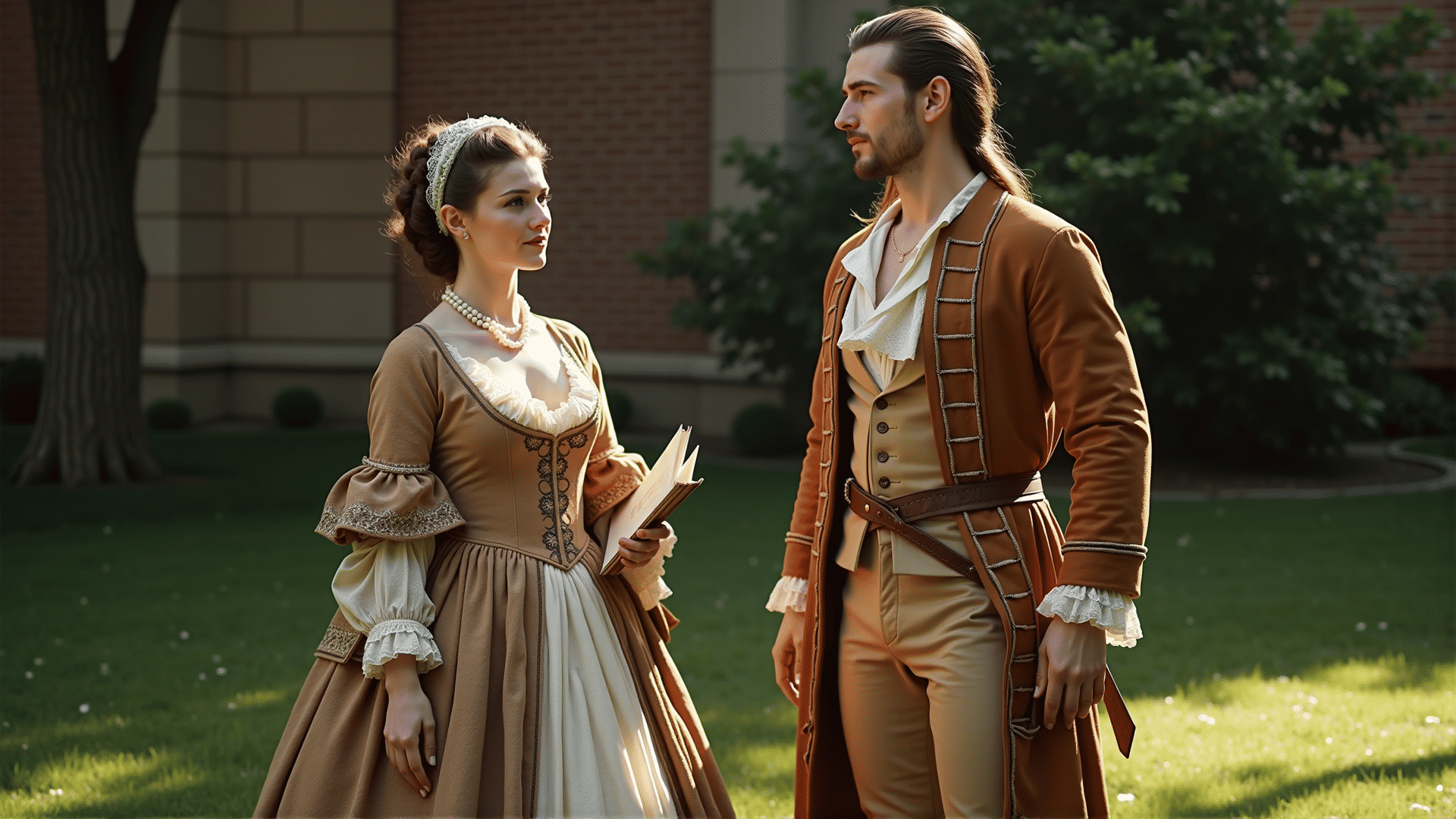During the Colonial period, a distinctive American style emerged as a result of the interplay between Native American attire and European influences. This blend created not only a unique fashion sense but also a powerful cultural symbol that reflected the complex relationships and exchanges between different peoples.
Native American clothing during this era was crafted for both functionality and symbolism. Materials like deerskin were commonly used, and garments were often adorned with beadwork, quill embroidery, and dyed porcupine quills. These decorations were not just aesthetic; they often had deep cultural significance, reflecting tribal identities, status, and achievements.
On the other hand, European settlers brought their own styles and materials, including wool, linen, and cotton. Their own garment designs were shaped by practicality and modesty, crucial for blending social norms with the demands of a new environment. As settlers interacted with Native American tribes, elements from both cultures began to intertwine, leading to new developments in attire.
The mingling of cultures can be seen in the adoption of European techniques by Native American communities, who began weaving fabrics and incorporating metal sewing needles and glass beads into their designs. Likewise, settlers adopted Native American aspects into their clothing, such as moccasins, which were well-suited to the American terrain.
Another notable example of this cultural blend was the incorporation of fringes and leatherwork onto European-style garments, which offered durability and adaptability to the new environment. The cross-cultural exchange also extended to the way clothing was used to convey social messages; both cultures valued the symbolic nature of attire in expressing identity and community ties.
These sartorial exchanges were not just limited to everyday wear but also had a lasting impact on the ceremonial attire and military uniforms of the period. For instance, militia uniforms in some colonies began incorporating Native American bead patterns and leatherwork, making them distinctly colonial products that showcased the fusion of the two worlds.
This evolution of a uniquely American style reflected a broader story of survival, adaptation, and community interaction during the Colonial era. It was through these threads of cultural exchange and adaptation that a new identity began forming, paving the way for a diverse and vibrant expression of American culture. Through clothing, both Native Americans and European settlers managed to communicate and preserve their rich heritages while simultaneously crafting a shared narrative of innovation and resilience.
